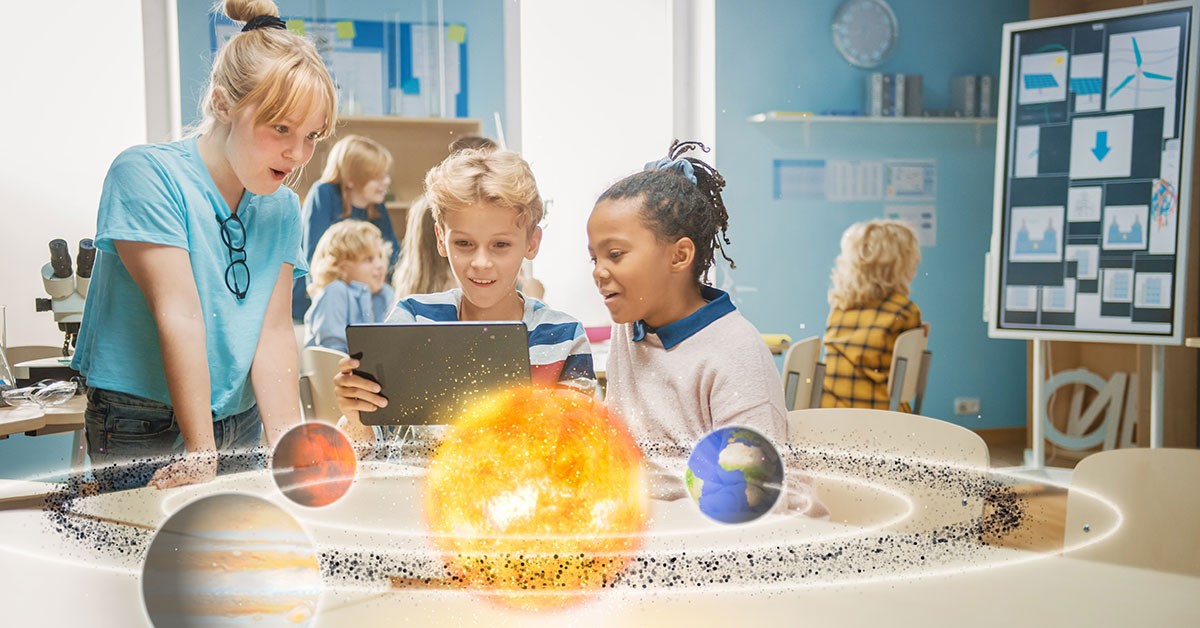The Impact of 3D Video in Education and Training
In the realm of education and training, the integration of 3D video has emerged as a transformative tool, reshaping the way information is delivered, understood, and retained. This article delves into the analysis of how 3D video is employed in educational settings to enhance comprehension and information retention.
**1. Enhancing Visual Learning
One of the primary impacts of 3D video in education is its ability to enhance visual learning. Traditional teaching methods often rely on two-dimensional visuals, but 3D video brings a new dimension, quite literally, to educational content. Complex concepts and structures can be visualized in three dimensions, offering students a more comprehensive and intuitive understanding.
**2. Improving Engagement through Immersive Experiences
3D video fosters immersive experiences that captivate students' attention and engagement. By creating virtual environments and scenarios, educators can transport students to places they might not otherwise experience, making learning more interactive and enjoyable. This heightened engagement contributes to increased focus and knowledge retention.
**3. Facilitating Spatial Understanding
In subjects such as geography, biology, and architecture, spatial understanding is crucial. 3D video aids in spatial visualization, allowing students to explore and comprehend spatial relationships in a way that 2D visuals cannot replicate. This is particularly beneficial in fields where a deep understanding of physical space is essential.
**4. Interactive Learning Opportunities
The interactive nature of 3D video facilitates hands-on learning experiences. Students can manipulate and interact with virtual objects, conducting virtual experiments or exploring virtual replicas of historical sites. This interactivity promotes active participation, enabling students to take control of their learning process.
**5. Addressing Varied Learning Styles
Every student has a unique learning style, and 3D video accommodates a variety of these styles. Visual learners benefit from the immersive graphics, while kinesthetic learners can engage with interactive components. Auditory learners can still receive the necessary information through accompanying narration or dialogue.
**6. Simulation-Based Training in Professional Development
Beyond traditional education, 3D video plays a pivotal role in professional development through simulation-based training. Industries such as healthcare, aviation, and emergency services use 3D video simulations to provide realistic training scenarios. This ensures that professionals are well-prepared for real-world situations.
**7. Increased Retention of Complex Information
Research indicates that 3D visuals enhance the retention of complex information. The depth and realism of 3D video aid in memory recall, making it an effective tool for conveying intricate details in subjects like anatomy, physics, or engineering. This increased retention contributes to a more thorough understanding of the material.
**8. Accessibility and Flexibility in Learning
3D video content can be accessed remotely, providing flexibility in learning environments. Whether students are in a classroom, at home, or in a virtual setting, the accessibility of 3D video ensures that educational resources are available wherever and whenever needed. This flexibility is particularly valuable in the evolving landscape of education.
**9. Preparation for Technologically Advanced Environments
Integrating 3D video in education prepares students for technologically advanced environments they may encounter in their future careers. Familiarity with immersive technologies enhances their digital literacy and adaptability, skills increasingly essential in today's fast-paced technological landscape.
**10. Continued Evolution and Innovation in Education
As technology evolves, so too will the application of 3D video in education. Innovations such as augmented reality (AR) and virtual reality (VR) classrooms represent the next frontier, promising even more interactive and dynamic learning experiences. The continued evolution of 3D video in education signifies a paradigm shift in the way knowledge is imparted and absorbed.
The impact of 3D video in education and training is profound, offering a multifaceted approach to learning that goes beyond traditional methods. By harnessing the power of immersive visuals, interactivity, and adaptability, 3D video is paving the way for a more engaging, effective, and technologically advanced educational experience.
